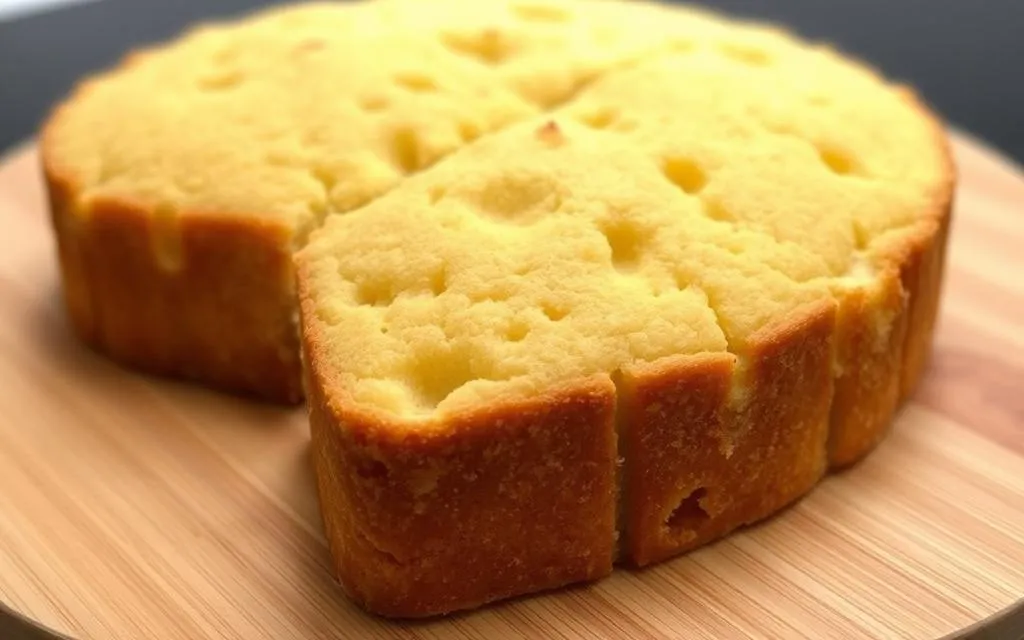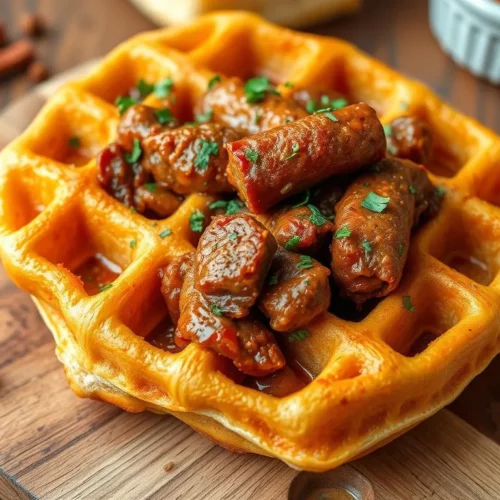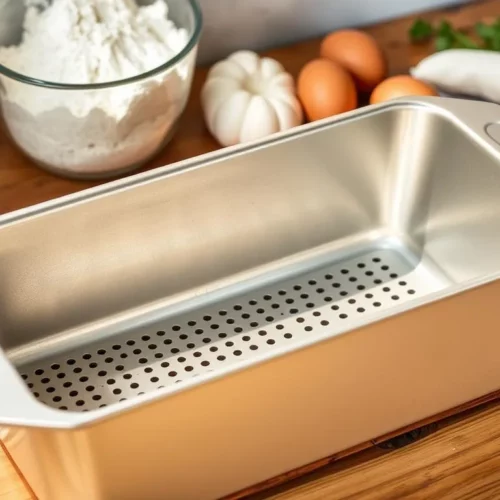If you’re looking for a delicious, gluten-free bread option that’s easy to make and versatile, cassava bread might just become your new favorite. Made with cassava, a starchy root vegetable also known as yucca, this bread is naturally gluten-free and provides a unique, slightly chewy texture with a hint of sweetness. Cassava bread has a rich history, dating back centuries in South American and Caribbean cuisines, and is perfect for anyone seeking a flavorful bread that’s different from the traditional loaf.
What is Cassava Bread?
Cassava bread is a traditional bread made from grated cassava root. Known for its earthy flavor and rustic texture, it’s enjoyed widely across Latin America and the Caribbean, where cassava has been a staple food for generations. This bread is simple yet full of flavor, with a texture that’s firm and slightly crisp on the outside while soft and chewy on the inside.
Why Cassava Bread?
Cassava bread is ideal for anyone avoiding gluten or grains, or simply looking for a healthy bread alternative. It’s also a fantastic source of energy, providing a complex carbohydrate base that helps keep you full for hours. Whether you’re someone with gluten sensitivity, a low-carb enthusiast, or just curious about global flavors, cassava bread is a great addition to your recipe collection.
Ingredients
To make a traditional cassava bread, you’ll need just a few simple ingredients:
- 4 cups of grated cassava root (fresh or frozen)
- 1/2 tsp of salt
- Optional: herbs or spices (such as garlic powder, thyme, or rosemary) for extra flavor
Directions
Step 1: Preparing the Cassava
First, start by peeling and grating the cassava root. You can use a hand grater or a food processor to make the process faster. Once grated, place the cassava in a kitchen towel or cheesecloth and squeeze out as much moisture as possible. Removing excess moisture is essential to achieving the right texture.
Step 2: Mixing the Ingredients
Transfer the grated and dried cassava to a mixing bowl. Add salt to taste, and if desired, incorporate herbs or spices to enhance the flavor. Mix until everything is evenly combined.
Step 3: Cooking the Bread
There are two ways you can cook cassava bread:
- Stovetop: Heat a non-stick frying pan over medium heat. Place a portion of the cassava mixture onto the pan, flattening it into a thin, round shape. Cook each side for about 5-7 minutes or until golden brown.
- Oven: Preheat your oven to 375°F (190°C). Spread the cassava mixture on a baking sheet lined with parchment paper, pressing it into a thin, even layer. Bake for 20-25 minutes or until it’s golden and crispy around the edges.
Tips for Perfect Cassava Bread
- Control Moisture: Be sure to squeeze out as much water as possible from the grated cassava. Excess water will make the bread soggy.
- Use Fresh Cassava: For the best results, use fresh cassava root if you can find it, as it provides a richer taste and better texture.
- Experiment with Thickness: Adjust the thickness of the bread based on your preference; thinner pieces will be crispier, while thicker pieces will be chewier.
Recipe Variations
- Garlic and Herb Cassava Bread: Add 1 tsp garlic powder and a mix of fresh herbs like rosemary and thyme.
- Cheesy Cassava Bread: Incorporate a sprinkle of grated cheese into the mixture before cooking.
- Sweet Cassava Bread: Add a touch of cinnamon and a teaspoon of honey to make a sweeter, snackable version.
Storage Tips
To store leftover cassava bread, let it cool completely and wrap it in plastic wrap or store it in an airtight container. It will keep in the refrigerator for up to three days. To reheat, simply warm it in a dry frying pan for a few minutes or pop it in the oven at 350°F (175°C) for 5-10 minutes.
Serving Suggestions
Cassava bread is incredibly versatile and can be enjoyed on its own, as a base for toppings, or as a side dish. Here are some pairing ideas:
- For Breakfast: Top with avocado and a fried egg for a hearty start to your day.
- With Soups and Stews: Its hearty texture makes it an excellent side for rich, flavorful dishes.
- Snack Option: Serve with salsa or guacamole for a satisfying snack.
Health Benefits of Cassava
Cassava is rich in fiber, which can aid digestion and keep you feeling full. It’s also a good source of vitamin C, which supports the immune system. However, it’s important to note that cassava contains natural toxins that must be removed through proper cooking, which is why cassava should never be eaten raw.
Conclusion
Whether you’re making it as a gluten-free bread alternative or simply looking to try something new, cassava bread is sure to be a hit. Its unique texture, paired with its mild, slightly sweet flavor, makes it versatile and delicious. Why not give it a try today and see for yourself?
FAQs
1. Can I make cassava bread ahead of time?
Yes, you can prepare it in advance and reheat it in the oven or on the stovetop before serving.
2. Is cassava bread vegan?
Yes, cassava bread is naturally vegan, as it only requires cassava and salt.
3. Can I use cassava flour instead of grated cassava root?
Using cassava flour will result in a different texture, but it can work in a pinch. You may need to adjust the water content.
4. Is cassava bread safe for everyone?
Yes, as long as the cassava is cooked properly to remove any natural toxins, it is safe and delicious.
5. Can I freeze cassava bread?
Yes, cassava bread freezes well. Wrap it in plastic wrap, place it in an airtight container, and freeze for up to one month.





